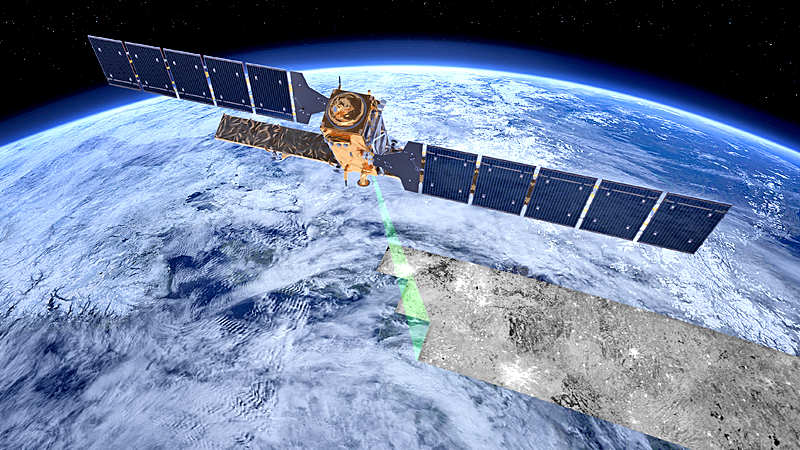AEM prepares Mexican climate change project with satellite data

MEXICO - The Mexican Space Agency (AEM) informed that the "Mexican Observatory of Climate and Atmospheric Composition" (OMECCA), a Mexican project that will start operating this month, is ready to strengthen the country's space infrastructure and will focus on the scientific understanding of climate change phenomena.
OMECCA is a collaboration between the AEM and the Institute of Atmospheric Sciences and Climate Change (ICACC) of the National Autonomous University of Mexico (UNAM), and the National Institute of Ecology and Climate Change (INECC).
This project was presented at UNAM on October 18 with its Scientific Research Coordinator, William Lee, and the director of INECC, Jorge Zavala.
OMECCA will begin its first operations in the Calakmul Biosphere Reserve in the State of Campeche and is the first project of its kind in Latin America.
"Climate change behaviors, one of humanity's greatest shared challenges, are still not fully understood by the global scientific community, hence the great importance of its in-depth study," said AEM Director General Salvador Landeros Ayala.
It is worth mentioning that the scientific community warns that an atypically rapid intensification of phenomena such as hurricanes is becoming more likely due to the effects of climate change, and that the warming of the oceans could lead to increasingly unpredictable storms.
But globally, there is a great scientific need for more systematized data to understand this global warming and its effects, as well as greenhouse gases and atmospheric pollutants, in order to analyze possible strategies for mitigation and adaptation.
OMECCA will be integrated to the University Network of Atmospheric Observatories (RUOA) and will exchange data with other international networks that use similar instruments.
Michel Grutter de la Mora, head of Spectroscopy and Remote Sensing at ICACC, explained that this state-of-the-art technology will allow precise and detailed measurements of carbon and water vapor fluxes from southeastern Mexico.





